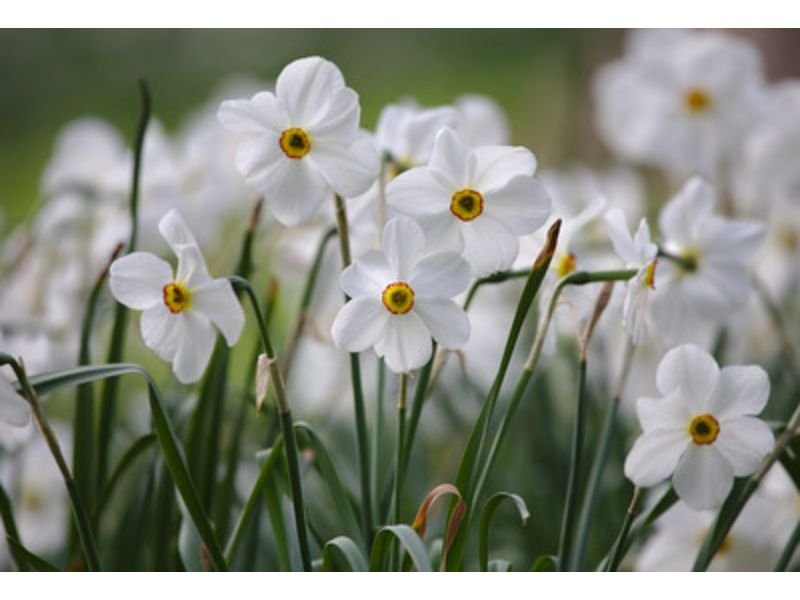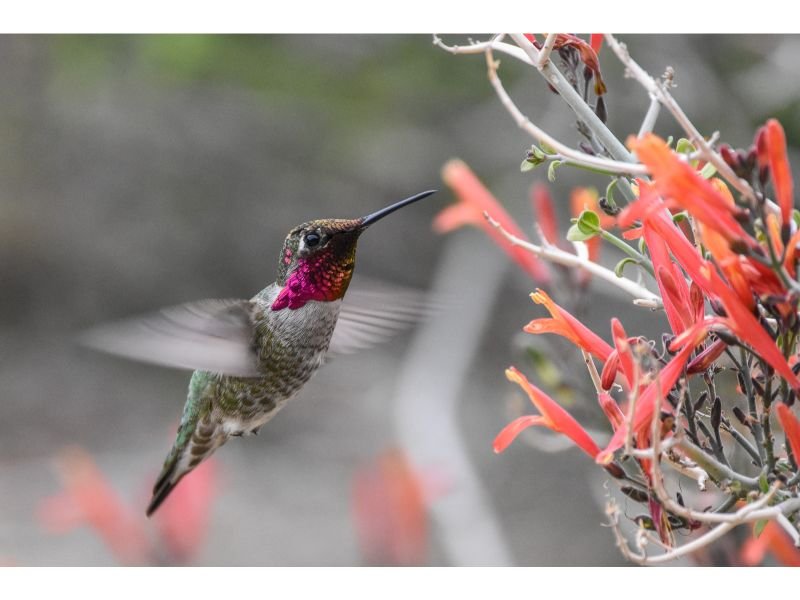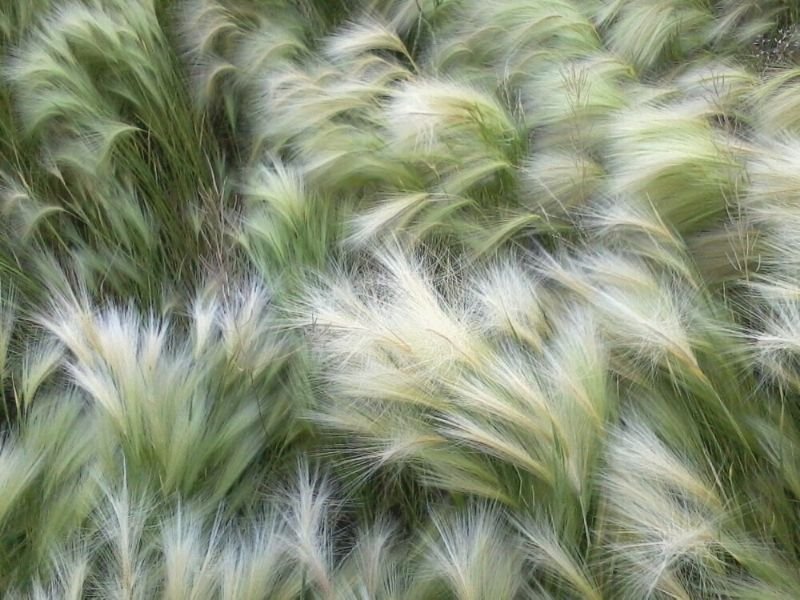Hydrangeas are one of the most trendy superstars in the world of plants, favored for their blooms and unique trait–that is the ability to change their blooms’ color. Despite the scarcity of the color blue in nature, hydrangeas can naturally produce this rare calm hue. But why do hydrangeas change their blooms into shades of blue? How to get blue hydrangeas and what can you do to maintain the uncommon blue tone in hydrangeas?
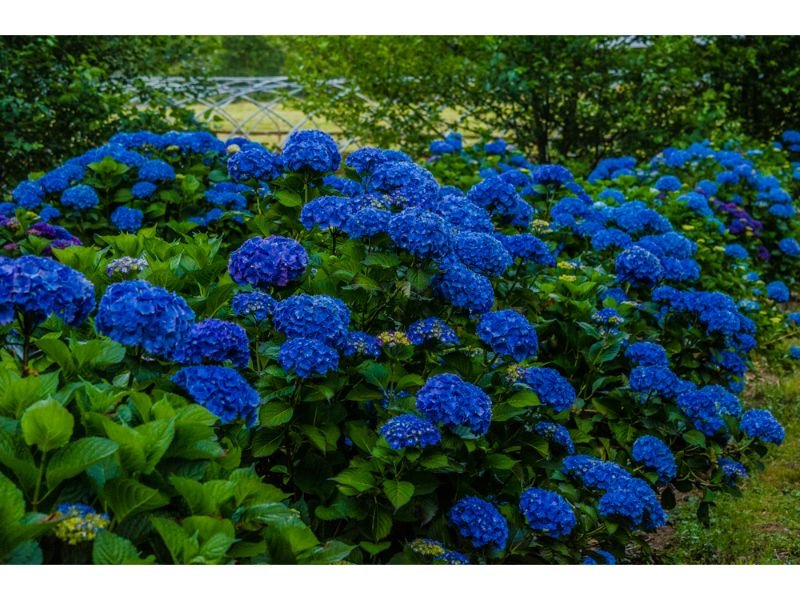
Table of Contents
Why Do Hydrangeas Change Their Blooms’ Color?
Plants respond differently to various signals that come from internal and external sources. To illustrate, Mimosa pudica, or the touch-me-not plant, closed its foliage in response to touch which is known as seismonastic movement. And what about hydrangeas? These native to Eastern and South-East Asia plants change their blooms’ color as a response to the soil’s pH level. This specific response is then widely known among plant lovers on how to get blue hydrangeas since each pH level will produce different blooms! So to get the shades of blue you desire, you have to do and learn this ‘chemical trick’ by adjusting the soil’s pH level.
How To Get Blue Flowers on Hydrangea?
There are numerous key aspects you need to know on how to get blue flowers on hydrangea. First, to get blue flowers, make sure that the soil pH level is between 4.0 to 5.5, which is acidic. A 6.0 pH level or greater would produce pink blooms. To check the soil’s pH level, you will need help from soil pH level testers that are widely available both offline and online.

Can you do this ‘chemical trick’ to all hydrangeas cultivars?
Unfortunately no, you can’t. The reason behind this answer is that hydrangeas cultivars are not created equally. Some hydrangeas, such as oak leaf hydrangea (Hydrangea quercifolia, produces only white blooms), ‘Sister Theresa’ Hydrangea macrophylla (produces only true white blooms), ‘Pink Elf’ Hydrangea macrophylla (dwarf cultivar that only produces pink to magenta blooms), and ‘Cardinal Red’ Hydrangea macrophylla (produce shades of red to magenta blooms). These cultivars won’t produce blue blooms at all, no matter how acidic the soil pH level is.
So to achieve the desired result, make sure the hydrangea cultivar that you purchased is the one that will produce blue blooms depending on how acidic the soil is. Some hydrangeas cultivars to grow for stunning blue blooms include ‘Red Star’ Hydrangea macrophylla (produce deep dark blue blooms), ‘Rose Supreme’ Hydrangea macrophylla (produce purplish-blue, light blue, and dark blue blooms), ‘Nikko Blue’ Hydrangea macrophylla (produce true blue blooms), and ‘Bloomstruck’ Hydrangea macrophylla (produce light blue to lavender-blue blooms)
Once you’ve made sure that the hydrangea cultivars will grow some blue blooms, now it’s time to get on to the crucial topic of step-by-step how to get blue hydrangeas.
Step 1: Check out the soil’s pH level
The first step how to get blue hydrangea flowers is to check the soil’s level. Make sure the soil is acidic enough to give the plant some room to produce blue blooms. You can do the test at home using pH level strips, a pH level meter testing kit, or by using some kitchen supplies like vinegar and baking soda. Mix the sample soil and water using vinegar and baking soda, each on different plates. If the mix of sample soil and vinegar bubbles, the soil is more alkaline. If it’s the vinegar and sample soil that sparkle, then the soil is more acidic.
Step 2: Start planting your blue hydrangea
The following main point on how to get blue hydrangeas after you make sure it’s sitting right on the proper acidic soil is, of course, to begin the growing process! To maintain the blue color, there are two tips you can do. First, maintaining and adjusting the soil’s pH level as acidic is a must. The second step is, you can use fertilizer which we will break down below.
How to safely turn the soil into more acidic using natural and chemical fertilizers?
Turning the soil acidic enough is essential how to get blue hydrangeas and prolonging the hue. Choose fertilizers that contain acidic chemicals like ammonium fertilizers and aluminum fertilizers. To add more acidic value to the soil, homemade non-chemical fertilizers such as crushed eggshells and coffee grounds can be used as well.
How long does it take to get blue hydrangeas?
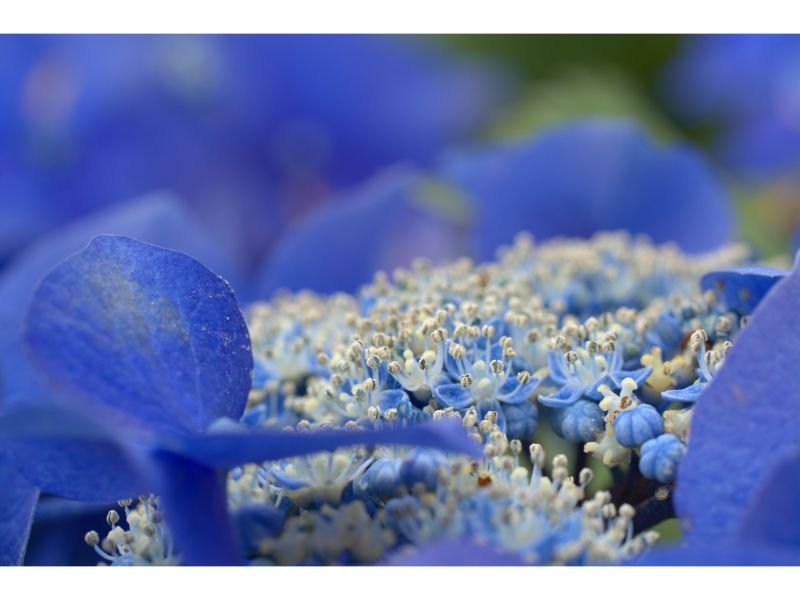
When it comes to how to get blue hydrangeas, do not expect your pink or red hydrangeas to magically turn blue in just one night. In reality, this process would take you anywhere from weeks, months, or even years–depending on which cultivars. External matters such as temperature and weather also play a role in the process of how to get blue hydrangea flowers. Changing the tone from blue to pink would also be much easier than doing vice versa, so you’ll need lots of patience.
Another Thing To Note On How To Get Blue Hydrangea Flowers.
Most people are not aware that hardiness zones and climate also have a significant role in how to get blue hydrangeas. In tropical and humid areas, which are usually in the hardiness zone 9 to 11, the soil becomes acidic naturally due to high rainfall. As we can see, rainfalls are slightly acidic by nature, with a pH of 5.6.
To address this problem, you can lower the fertilizer intake as too acidic soil with a pH level lower than 4.0 would cause more problems and harm to your hydrangeas, as well as any other plants too. Also remember not to over-fertilize your hydrangeas to get blue blooms faster since over-fertilizing your plant can cause numerous problems such as leaf burn, root damage, and even death.
Closing Points.
As you can see, the answer to how to get blue hydrangeas is pretty simple but requires much attention and patience. Hydrangeas are able to naturally create blooms with breathtaking blue hues by adjusting and maintaining the acid pH level. By doing these tips and tricks, surely you can bring the charm of blue hydrangeas to your garden.

New author in the hood. Loves gardening and flowers are my spirit animals (yes I know they are not animals but I insist). I will be covering most of the flowers’ topics here and occasionally random though as well.

